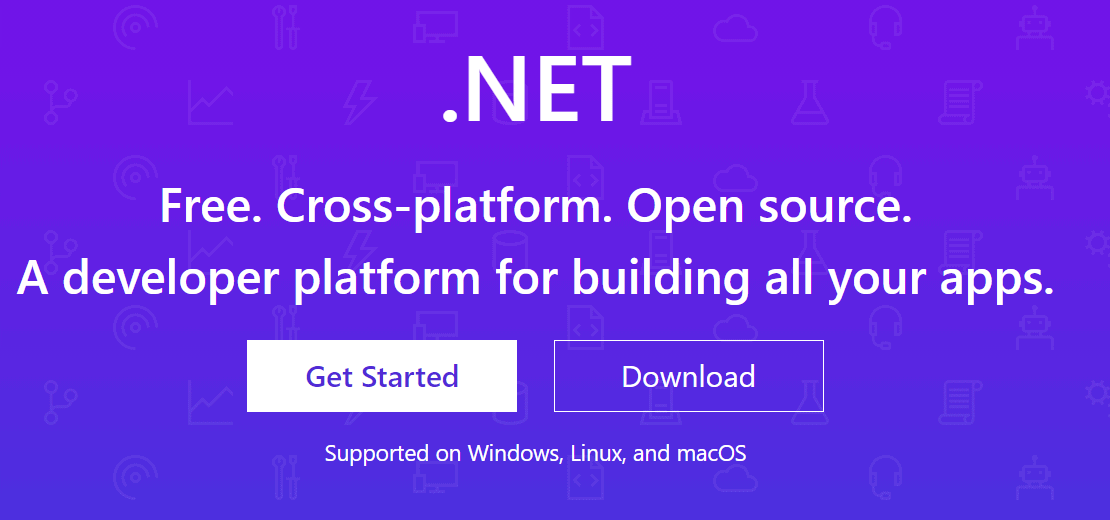Connecting Remotely To The Cloud
When data such as web applications or HTML pages are used on a cloud based server it becomes essential to set up remote connection to connect to it. Connecting to the cloud enables you to transfer data from the local network of the organization or desktop to the “virtual world†of the cloud server.
There are basically four different ways to connect to a server on the Internet in order to make data transfers.All, or only some of the methods can be used to connect to the server on the Internet or a remote network.
Virtual Private Networks (VPN):
There are two virtual platform versions provided by a virtual private network: Gateway based and Client based.
These platforms can be initiated from the web browsers such as the Internet Explorer version 7 or Firefox version 3 and higher. There are a few glitches with the newest and oldest versions supporting the functions of VPN interface efficiently.
A Virtual Private Network establishes a connection between the entire corporate network and the cloud network. This type of connection is useful when there is a mixed pool of public and private cloud applications. Once the connection between the networks is established it then requires mapping the network drives of the server using the inside IP address.
The mapping not only assists in making file transfers at a faster rate but also assists in making the necessary changes whenever required in the file system. The most popular VPN is the Cisco AnyConnect VPN Client. It is a great platform which can easily set up the connection between the networks for safe and fast file transfer.
Remote Desktop Connection (RDC):
This establishes connection with the remote cloud servers directly from the desktop of the computer. RDC is used most often for the Windows Virtual Server and needs the connection port-3389 to be connected to the web network. Once RDC has been set up on the computer, the server desktop will be displayed on the window of your computer and this can be used as a virtual interface to manipulate and alter the commands to effectively manage the server remotely. RDC for virtual cloud networks is similar to the Remote Connection between the physical servers used for the local network connections, so interfacing with it can be easy for those who use the Windows Remote Desktop connection for establishing a connection between physical servers in their enterprise.
Secured Shell (SSH):
Secured Shell functions similar to the RDC but it only uses the Linux based Virtual Server. It also requires a few console based commands which are used to start the database or web servers or setting up new file shares. This method requires that the appropriate ports to be connected to the cloud server.
File Transfer Protocol (FTP):
This is the best method for bulk and easy file transfer for activities like loading the data base or developing a new website. For this method it is required to connect the ports 20 and 21 appropriately so that it points to the outside IP address of the server. Once the connection is correctly established, a FTP virtual platform can be installed on the desktop or the FTP command can be easily run directly from the server. This platform will enable efficient bulk file transfer from the file resource to the cloud server.
Using a cloud server can make your life much easier, especially with the knowledge above.

















A common method, likely to be used more and more by home users, was omitted. That is a prepackaged device/service like PogoPlug. Easy to set up, familiar to use, and requires very little care and maintenance for individual users. Sharing files can also be configured with only a little more effort.
I used to map a NAS drive and attached USB hard drives through my home router, but the Pogoplug solution is so much easier – the way personal computing should work.
(P.S. I am just a user, not an employee or agent of Pogoplug, and not paid for this. I just like it.)